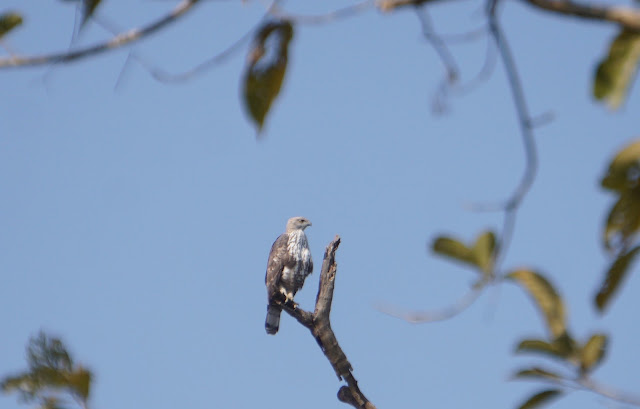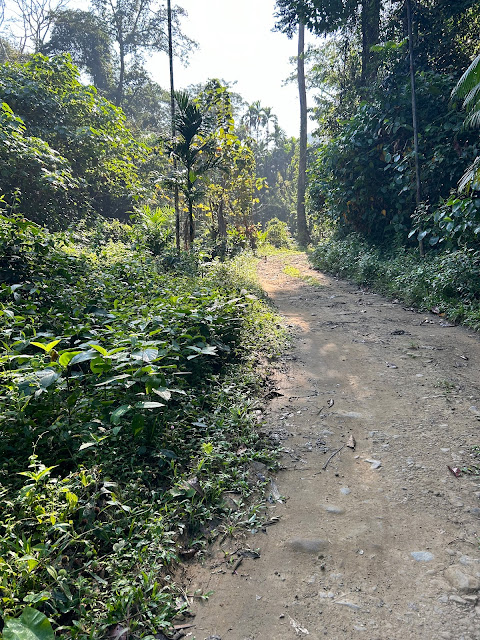16th January 2020
Kaziranga! A dream visit for me, for the last fifteen years, and I was actually here. Wishing Sekar was here, and of course Raji, my dear friend, how I missed her on the trip.
It is a UNESCO world heritage site.
“Criterion (ix): River fluctuations by the Brahmaputra river system result in spectacular examples of riverine and fluvial processes. River bank erosion, sedimentation and formation of new lands as well as new water-bodies, plus succession between grasslands and woodlands represents outstanding examples of significant and ongoing, dynamic ecological and biological processes. Wet alluvial grasslands occupy nearly two-thirds of the park area and are maintained by annual flooding and burning. These natural processes create complexes of habitats which are also responsible for a diverse range of predator/prey relationships.
Criterion (x): Kaziranga was inscribed for being the world’s major stronghold of the Indian one-horned rhino, having the single largest population of this species, currently estimated at over 2,000 animals. The property also provides habitat for a number of globally threatened species including tiger, Asian elephant, wild water buffalo, gaur, eastern swamp deer, Sambar deer, hog deer, capped langur, hoolock gibbon and sloth bear. The park has recorded one of the highest density of tiger in the country and has been declared a Tiger Reserve since 2007. The park’s location at the junction of the Australasia and Indo-Asian flyway means that the park’s wetlands play a crucial role for the conservation of globally threatened migratory bird species. The Endangered Ganges dolphin is also found in some of the closed oxbow lakes.”
Highway 37 cuts through and the Karbi Anglong hills are the highlands needed during the high monsoon floods as highlands for the animals from the Bramhaputra flood plains. Now this migration land is cut by the highway.
A lot happened on the road even before we entered the sanctuary gates.
 |
| We started our Kaziranga exploration at the eastern gate - Agaratoli. These Owlets were at the gate, as we registered to enter the Gates. |
.
 |
| Wild buffaloes eyed us. |
 |
| I would never tire of the river, the grasslands and the swamp deer. |
 |
| The rhinos were there everywhere. |
 |
| What a lovely sight of the northern lapwing. |
The news of Kaziranga was that a “lesser white fronted goose had been spotted! And Gudung knew exactly where to take us - to see this “foreigner”, who was hanging around with the bar-headed geese, who didn’t seem to mind its presence, and all continued to forage in an amicable fashion. Its white face and barred chest made it stand out among the bar-headed geese.
 |
| Gudung was excited at having showed us this rare sighting. |
 |
| He took us to the house of his mentor Manoj Gogoi. These are the experiences on MNS trips that are amazing, humbling and something that has opened my mind time and again. |
 |
| A quick lunch stop at Dubori, wash, battery charge and it was off to the western range with Gudung. Bagori. |
Hornbill sightings
 |
A satisfied soul inside a tired body, as we headed back. Dinner and chatter - always fun - sitting with Yuvan trying to make a list - jaggery ginger candy from Mr NS. A throat thats feeling super raspy and painful.
So much to learn still, so little do I know. |
17th January 2020. Off to the Bura Pahad range - Hoolock Gibbon morning it was.
There was something so contented and peaceful about the way the gibbon took a fruit at a time, and ate with deliberation and “mindfulness”?
They live in small family groups and are monogamous we heard their calls within the forest later as well. Their calls - haunting and amazing and a lifetime experience as it echoes through the forests.
For a creature that never comes down to the forest floor, the need for a contiguous canopy is so crucial. How would it cross a road, if the canopy was broken for more than 6m?
“Populations of western hoolock gibbons have declined by almost 90% over the last 30 years, and it is now considered to be one of the most endangered 25 primate species in the world. In India, it is listed on Schedule 1 of the Indian (Wildlife) Protection Act 1972. Enhancing protection for the species, the Government of Assam upgraded the status of the Hoollongapar Reserve Forest in the Jorhat District of Assam to a Gibbon Wildlife Sanctuary in 1997, making this the first Protected Area ever named after a primate species.” (WWF)
 |
| Lovely drive in the forest. Beautiful trees, lianas, a water monitor lizard and whistling ducks in flight. A group of black capped monkeys above. |
A patch of water, and we saw more bar-headed geese. There were egrets, cormorants, OBS all cheek by jowl, minding their own business.
The squelchy mud revealed tiger pug marks! It was a long and hot walk, and we came back quite hungry. Dried fruits and kakhra to the rescue in our backpacks - and Suresh discovered a love for kakhra hitherto unknown. Pritam had some interesting fruit bars - mango and guava…I preferred the guava I remember.
 |
| As we drove back and out of the sanctuary, we saw swamp deer - unique to Kaziranga. Eastern swamp deer. Rucervus duvaucelii ranjitsinhi. Dolhorina in Assamese |
Even better was the sunbathing otters we saw! What a delightful sight that was. We were the lone jeep on that path - and in a blink of an eye, they were all off the bank and into the water. Showing how easy it us to disturb wildlife, how sensitive to human activity. Shantharam got a great picture, I remember.
Back for lunch and a short rest
Afternoon ride was to Kohora - the gate closest to us. We were in the last jeep. Sudar and his camera seemed to be magnets for the unexpected. A whole host of wagtails later, we saw a fishing eagle and most importantly a night jar. Spotted by Sudar. Even our jeep driver was awestruck at the spotting!
 |
| We went over this bridge I don’t think was meant for jeeps - it protested loudly. But the driver was cheery and confident. |
And that evening, we waited for the tiger, whom the guides and driver felt were in the vicinity. I didn't mind. It was such a beautiful magic spot.
 |
| Instead we saw a baby elephants in the swamp - it waddled across, stumbling and moving quite clumsily and endearingly - the mother gently nudging him/her with her trunk. |
As we watched, the rains stuck to a path they make. We saw a rhino midden as well.
 |
| Another beautiful Kaziranga sunset. |
That evening, we went into the markets. I picked up two wooden rhinos as souvenirs. It was good fun to hang around with Bhuvanya as she looked for some kind of local Assamese knife, which she didn’t find, but she found a kutty little dish made from some alloy, which was a big hit with the other ladies - so much so that we had to return and buy some more! So many things I came to know - that Bhuvanya loves to paint, is a cheerful chatterbox and has a wonderful joie de vivre.
We would depart for Pobitara the next day.
Kaziranga - I could go back again and again. (I did go back, with Sekar, and I would be happy to revisit.) The flood plains, the grasslands, the vastness, the magnificent rhinos and elephants in such plenty, the gibbons, langurs, squirrels and all those birds.


















































